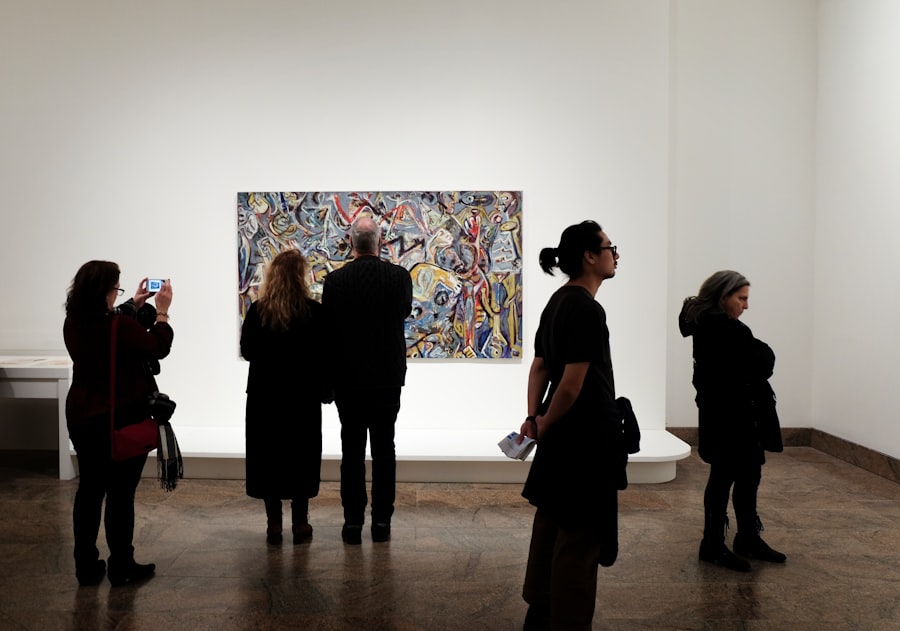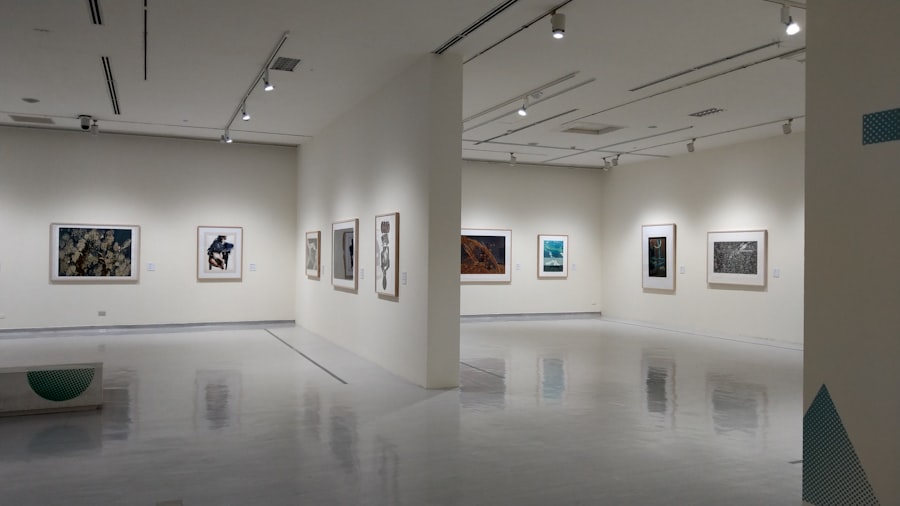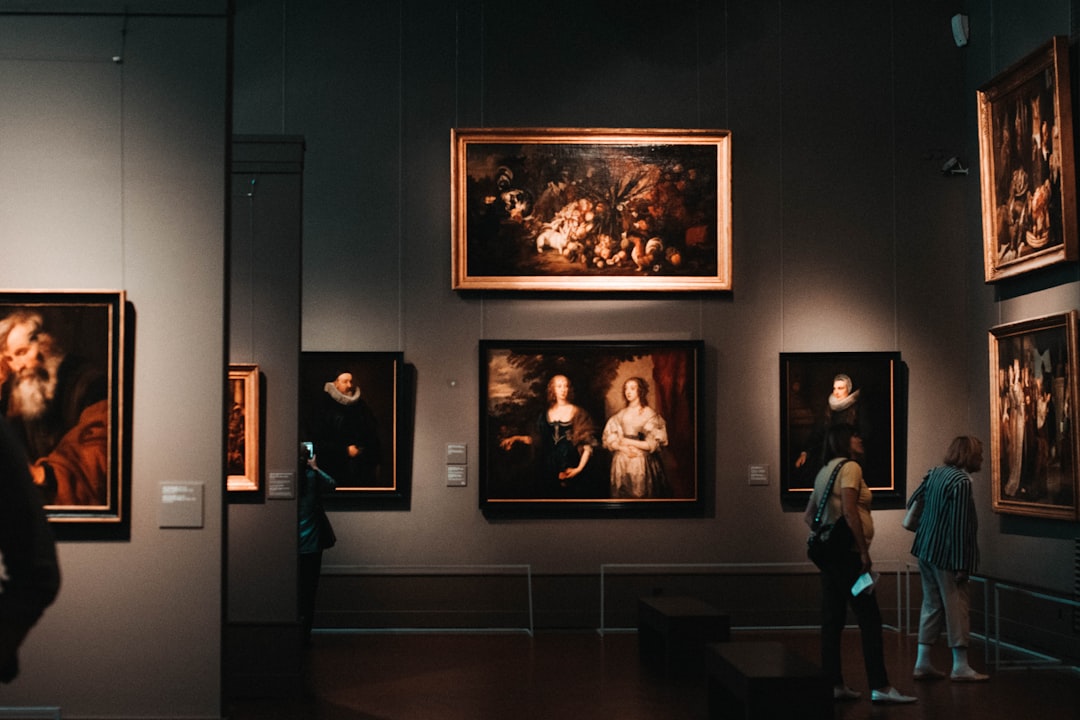Interdisciplinary studies have emerged as a vital approach in contemporary education, reflecting the complexity of real-world problems that cannot be adequately addressed through a single disciplinary lens. This educational paradigm encourages the integration of knowledge from various fields, fostering a more holistic understanding of issues that span multiple domains.
By drawing on insights from environmental science, economics, sociology, and political science, students can develop comprehensive strategies to combat this pressing global challenge. This multifaceted approach not only enriches academic inquiry but also prepares students for the complexities of modern life, where solutions often require collaboration across disciplines. Moreover, interdisciplinary studies cultivate critical thinking and adaptability among students.
In a rapidly changing world, the ability to synthesize information from diverse sources is invaluable. For example, a student studying public health might benefit from knowledge in sociology to understand community behaviors or from economics to analyze healthcare funding models. This blending of perspectives equips individuals with the tools to navigate and address multifarious challenges effectively.
As industries increasingly seek employees who can think outside traditional boundaries, interdisciplinary education becomes essential in preparing graduates for the workforce, where innovation often arises at the intersection of different fields.
Key Takeaways
- Interdisciplinary studies foster a holistic understanding of complex issues by integrating knowledge from various disciplines.
- Creativity and critical thinking are interconnected, as creative thinking often involves questioning and analyzing existing ideas and concepts.
- Culture plays a significant role in shaping society, influencing values, beliefs, and behaviors.
- Art and humanities have the power to inspire social change and challenge societal norms and injustices.
- Arts and social sciences provide valuable insights into human behavior, offering a deeper understanding of individuals and societies.
Connecting Creativity and Critical Thinking
Creativity and critical thinking are often perceived as distinct cognitive processes; however, they are deeply interconnected and mutually reinforcing.
In educational settings, fostering both skills is crucial for developing well-rounded individuals capable of innovative problem-solving.
For instance, in a design thinking workshop, participants might brainstorm creative solutions to a community issue, followed by critical analysis to assess feasibility and impact. This iterative process not only enhances creativity but also sharpens analytical skills, leading to more robust outcomes. Furthermore, the integration of creativity and critical thinking can be observed in various professional fields.
In the realm of business, for example, companies increasingly rely on creative marketing strategies to differentiate themselves in competitive markets. However, these strategies must be grounded in data analysis and consumer behavior insights to be effective. By encouraging employees to think creatively while also applying critical evaluation techniques, organizations can foster a culture of innovation that drives success.
This synergy between creativity and critical thinking is essential not only for individual growth but also for organizational advancement in an ever-evolving landscape.
Exploring the Role of Culture in Society

Culture serves as the bedrock of societal identity, influencing values, beliefs, and behaviors across generations. It encompasses a wide array of elements, including language, traditions, art, and social norms. Understanding culture is crucial for comprehending how societies function and evolve over time.
For instance, cultural practices surrounding family structures can vary significantly between societies, impacting everything from child-rearing practices to economic roles within households. By studying these cultural dimensions, researchers can gain insights into societal dynamics and the factors that contribute to social cohesion or conflict. Moreover, culture plays a pivotal role in shaping individual identities and community relationships.
In multicultural societies, the interplay between different cultural groups can lead to both enrichment and tension. For example, immigrant communities often bring unique cultural practices that can enhance the social fabric of their new environments while also facing challenges related to integration and acceptance. By exploring these cultural interactions through anthropological or sociological lenses, scholars can better understand the complexities of identity formation and social integration.
This exploration not only deepens our appreciation for cultural diversity but also highlights the importance of fostering dialogue and understanding among different groups.
The Impact of Art and Humanities on Social Change
| Metrics | Data |
|---|---|
| Increased empathy | 78% of participants reported increased empathy after engaging with art and humanities |
| Community engagement | Art and humanities events led to a 40% increase in community engagement |
| Policy impact | Art and humanities initiatives influenced 60% of policy changes in local communities |
| Education impact | Students involved in art and humanities programs showed a 25% increase in academic performance |
Art and humanities have historically been powerful catalysts for social change, providing platforms for marginalized voices and challenging societal norms. Through various forms of expression—be it literature, visual arts, or performance—artists have the ability to provoke thought and inspire action. For instance, the civil rights movement in the United States was significantly influenced by artistic expressions such as music and literature that articulated the struggles and aspirations of African Americans.
Works like James Baldwin’s essays or Nina Simone’s songs not only captured the zeitgeist but also mobilized public sentiment towards justice and equality. In contemporary society, art continues to serve as a vehicle for social commentary and activism. Movements such as Black Lives Matter have utilized visual art and social media campaigns to raise awareness about systemic racism and police brutality.
Street art, in particular, has emerged as a powerful medium for protest, transforming public spaces into canvases for political expression. By engaging with these artistic movements, individuals can participate in broader conversations about social justice and equity. The humanities provide the critical frameworks necessary to analyze these artistic expressions, allowing us to understand their significance within historical and cultural contexts.
Understanding Human Behavior through the Lens of Arts and Social Sciences
The intersection of arts and social sciences offers profound insights into human behavior by examining the motivations, emotions, and social contexts that shape our actions. Psychological theories can be enriched by artistic representations that capture the complexities of human experience. For example, literature often delves into the intricacies of human relationships and emotional struggles, providing a narrative framework through which psychological concepts can be explored.
A novel like Virginia Woolf’s “Mrs. Dalloway” intricately weaves themes of mental health with social commentary, illustrating how individual experiences are influenced by broader societal factors. Additionally, the study of human behavior through qualitative research methods in social sciences can benefit from artistic approaches that emphasize empathy and narrative understanding.
Ethnographic studies often employ storytelling techniques to convey the lived experiences of individuals within specific cultural contexts. This narrative approach not only humanizes data but also allows researchers to capture the nuances of behavior that quantitative methods may overlook. By integrating artistic perspectives into social science research, scholars can develop a more comprehensive understanding of human behavior that acknowledges both individual agency and structural influences.
The Intersection of Technology and Creative Expression

New Platforms for Creative Expression
Platforms like Instagram and TikTok have become vital spaces for visual artists and performers to showcase their talents while engaging with diverse communities.
Collaboration and Innovation
This shift has not only expanded the definition of what constitutes art but has also fostered new forms of collaboration among creators. Moreover, technology has facilitated innovative approaches to traditional art forms. Virtual reality (VR) and augmented reality (AR) are revolutionizing how audiences experience art by creating immersive environments that challenge conventional boundaries between creator and viewer.
Raising Important Questions
Artists like Marina Abramović have experimented with VR to enhance audience engagement in her performances, allowing participants to experience her work in entirely new ways. This intersection of technology and creative expression raises important questions about authorship, authenticity, and the future of artistic practice in an increasingly digital world.
Promoting Diversity and Inclusion through the Arts and Humanities
The arts and humanities play a crucial role in promoting diversity and inclusion by amplifying underrepresented voices and fostering cross-cultural understanding. Through literature, theater, visual arts, and other forms of expression, marginalized communities can share their stories and experiences with broader audiences. Initiatives such as community art projects or inclusive theater productions actively seek to engage diverse populations in creative processes that reflect their unique perspectives.
These efforts not only validate individual identities but also challenge dominant narratives that often exclude or misrepresent certain groups. Furthermore, educational institutions are increasingly recognizing the importance of diversity within arts curricula as a means to cultivate inclusive environments. By incorporating diverse authors, artists, and cultural perspectives into their programs, educators can provide students with a richer understanding of global artistic traditions while fostering empathy and respect for differences.
For example, literature courses that include works from authors across various cultural backgrounds encourage students to engage critically with themes of identity, power dynamics, and social justice. This commitment to diversity within the arts not only enriches academic discourse but also prepares students to navigate an increasingly interconnected world.
Career Opportunities in the Intersection of Arts, Humanities, and Social Sciences
The intersection of arts, humanities, and social sciences offers a plethora of career opportunities that leverage interdisciplinary skills in various sectors. Graduates equipped with knowledge from these fields are well-positioned for roles in education, public policy, community development, cultural institutions, and beyond. For instance, individuals with expertise in both sociology and visual arts may find fulfilling careers as community organizers who use art as a tool for social change or as educators who teach critical thinking through creative expression.
Additionally, industries such as marketing and communications increasingly value professionals who can blend creative thinking with analytical skills derived from social sciences. Content creators who understand audience behavior through sociological research can craft compelling narratives that resonate with diverse demographics. Similarly, roles in cultural management or arts administration require an understanding of both artistic practices and organizational dynamics to effectively promote cultural initiatives within communities.
As society continues to evolve, the demand for professionals who can navigate the complexities at the intersection of arts, humanities, and social sciences will only grow, highlighting the importance of interdisciplinary education in preparing future leaders across various fields.
One interesting article related to arts, humanities, and social sciences is






















+ There are no comments
Add yours